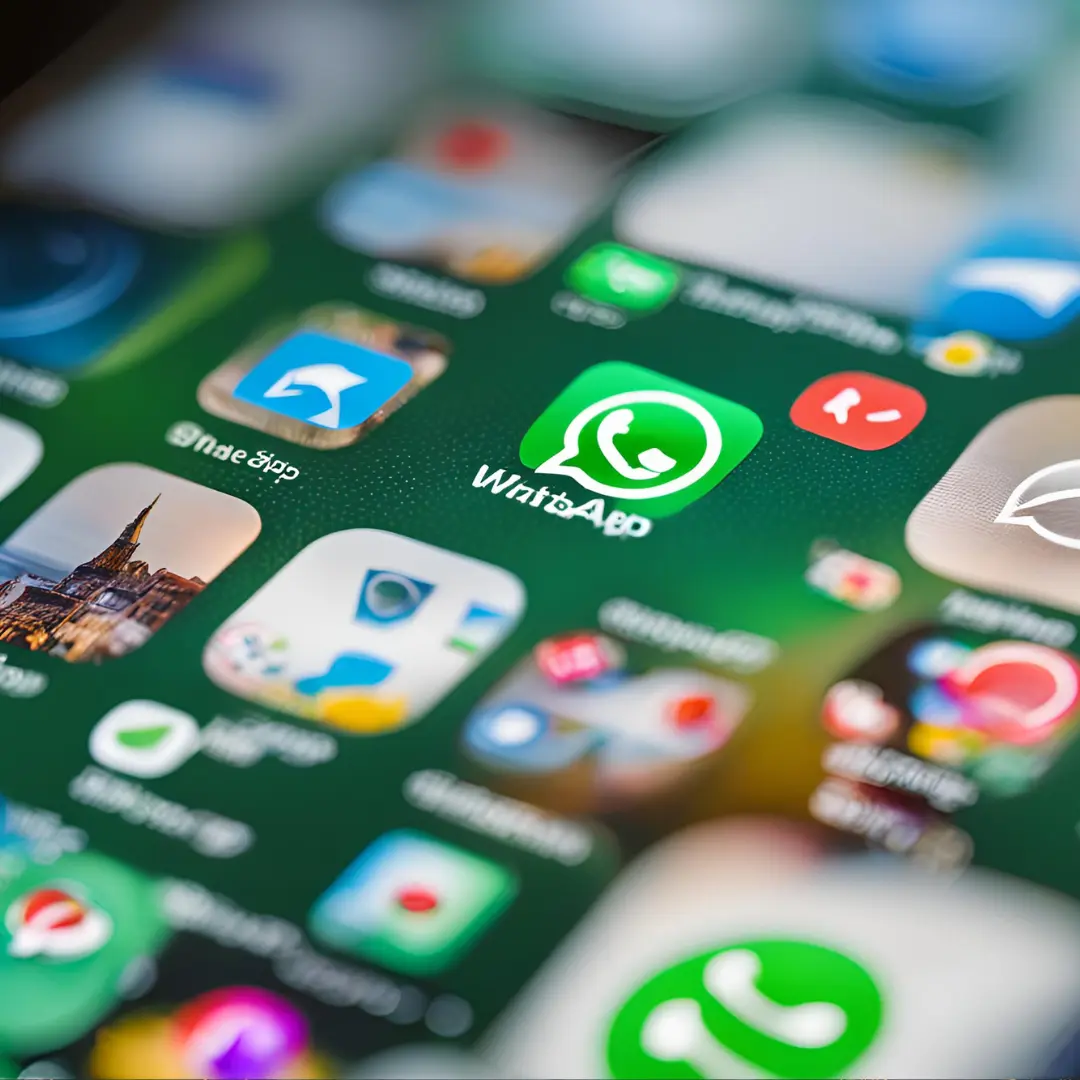When comparing the data consumption between two scenarios—turning off mobile data and later turning it on to receive WhatsApp messages versus keeping mobile data on while WhatsApp messages come in—the difference in data usage can be understood as follows:
1. Turning Off Mobile Data and Later Turning It On:
- When Mobile Data is Off: No data is consumed since the phone is not connected to the internet.
- When Mobile Data is Turned Back On: All pending WhatsApp messages, notifications, and any background updates that occurred during the time mobile data was off will be downloaded at once.
- Data Usage: The data consumed will be for all the messages and media that were sent to you while the data was off. This includes text messages, images, videos, and any other data that WhatsApp syncs when it reconnects.
- Efficiency: This method might be more efficient because your phone processes and downloads the data all at once, reducing the chance of redundant background data usage.
2. Keeping Mobile Data On While Idle (Receiving Messages Continuously):
- Background Data Consumption: WhatsApp continuously checks for new messages, maintains a connection with its servers, and syncs data in real time. This can result in small but constant data consumption, even when you’re not actively using the phone.
- Incoming Messages: Each message, whether it’s text, image, or video, is downloaded as it arrives. This could lead to slightly more data usage because the app is constantly maintaining a connection and processing each message individually.
- Other Background Processes: While mobile data is on, other apps and system processes may also use data for updates or background activities, adding to the overall consumption.
Comparing Data Consumption:
- Turning Off Mobile Data and Turning It Back On Later: The total data consumed when you turn data back on will primarily be for the messages and media received. There is no ongoing data usage while data is off, so this could be more data-efficient overall.
- Keeping Mobile Data On: The phone consumes data not only for receiving messages but also for maintaining an active connection and potentially other background processes. This can result in slightly higher overall data consumption due to continuous data syncing and app activity.
A Brief Overview Of WhatsApp Data Consumption
The data consumption of WhatsApp varies depending on whether you’re making a voice call, video call, or simply chatting. Here’s an approximate breakdown of data usage measured in megabytes (MB) per hour:
1. WhatsApp Voice Calls
- Data Usage: Approximately 280-320 KB per minute
- Hourly Usage: Roughly 16-19 MB per hour
2. WhatsApp Video Calls
- Data Usage: Approximately 2-3 MB per minute
- Hourly Usage: Roughly 120-180 MB per hour
3. WhatsApp Chats
- Data Usage: Very minimal, typically around 1-5 KB per message (without media)
- Hourly Usage: Hard to measure precisely as it depends on the number of messages, but even with active chatting, it’s usually under 1 MB per hour if only text is involved.
- If you’re sending media files (photos, videos, voice notes, etc.), the data usage will increase
- depending on the size and quality of the files shared.
Conclusion:
- Minimal Difference: The actual difference in data consumption between these two scenarios is likely minimal if you only receive text messages. However, if you receive a lot of media (photos, videos), or if other apps use data in the background, keeping mobile data on continuously may consume slightly more data due to ongoing background processes.
- Data Efficiency: If your goal is to minimize data usage, turning off mobile data and only turning it on to download messages in batches is generally more data-efficient.
The data consumption of WhatsApp varies dep

